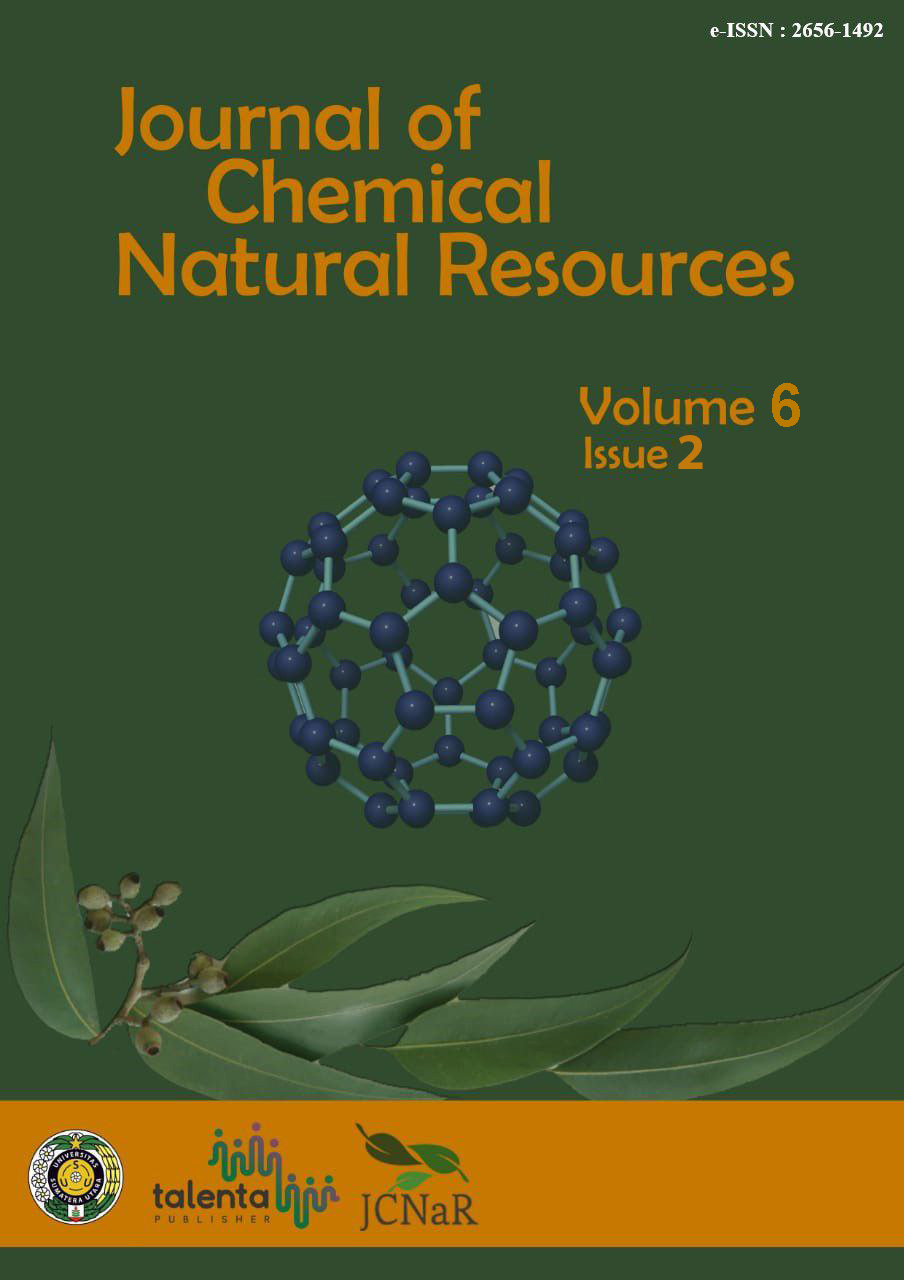Efficiency of Reverse Osmosis Usage in Drinking Water Depots to Reduce Iron (Fe3+), Copper (Cu2+) and Zinc (Zn2+) Ion Levels
DOI:
https://doi.org/10.32734/jcnar.v6i2.18374Keywords:
Drinking Water Depot, Efficiency, Reverse OsmosisAbstract
Research on the efficiency of reverse-osmosis drinking water depot to decreased levels of iron (Fe3+), Copper (Cu2+) and Zinc (Zn2+) ions have been done. The raw, the treated, and waste water are filtered using reverse osmosis (RO) three times a week. HNO3 then was added to the sample until it reached 15 mL. The determination of the concentration of the three ions was performed using atomic absorption spectrophotometer (AAS). The results showed a decrease of Fe3+ concentration of 73.21%, for Cu2+ decrease by 80.25%, while Zn2+ decrease by 82.08%. For waste water obtained iron ion concentration of 0.1794 mg/L, for Cu2+ by 0.0239 mg/L, while Zn2+ by 0.0962 mg/L.
Downloads
References
J. Z. Abidin, “Challenges in dealing with water pollution issues in the West Java island,†J. Sustain. Soc. Eco-Welfare, vol. 1, no. 1, pp. 31–48, 2023, doi: 10.61511/jssew.v1i1.2023.137.
Anonim, “Depot Air Minum Isi Ulang Tak Berizin Menjamur di Medan.†[Online]. Available: http://www.harianorbit.com
O. Dagdag et al., “An Overview of Heavy Metal Pollution and Control,†ACS Symp. Ser., vol. 1456, pp. 3–24, 2023, doi: 10.1021/bk-2023-1456.ch001.
H. Agusnar, Analisa Pencemaran dan Pengendalian Lingkungan. Medan: USU Press, 2008.
H. Ahmadpari, S. Sadri, and F. Radmanesh, “Investigation of reverse osmosis technology for wate quality management,†no. September, 2022.
S. Aziz et al., “A comprehensive review of membrane-based water filtration techniques,†Appl. Water Sci., vol. 14, no. 8, pp. 1–17, 2024, doi: 10.1007/s13201-024-02226-y.
R. Kumar and Loknath, “Study of Waste Water Management and Reuse among RO Users: With Special Reference to Sharadha Nagar, Lucknow, India,†Asian J. Adv. Res. Reports, vol. 17, no. 11, pp. 203–213, 2023, doi: 10.9734/ajarr/2023/v17i11567.
S. Sharma and A. Bhattacharya, “Drinking water contamination and treatment techniques,†Appl. Water Sci., vol. 7, no. 3, pp. 1043–1067, 2017, doi: 10.1007/s13201-016-0455-7.
A. I. Cahyadi, R. Ruslami, and S. Sudigdoadi, “Studi Kualitas Air Reverse Osmosis Secara Mikrobiologi pada Dua Unit Hemodialisis di Kota Bandung,†J. Sist. Kesehat., vol. 1, no. 3, 2016, doi: 10.24198/jsk.v1i3.10352.
T. Dippong, C. Mihali, and A. Avram, “Evaluating Groundwater Metal and Arsenic Content in Piatra, North-West of Romania,†Water (Switzerland), vol. 16, no. 4, pp. 1–21, 2024, doi: 10.3390/w16040539.
A. Said, Suhorno, S. Biyanti, and Sapitri, “Analysis of Potable Water Quality in Densely Populated Residential Environments (Case Study in Condongcatur Village),†IJCR-Indonesian J. Chem. Res., vol. 8, no. 1, pp. 49–56, 2023.

Downloads
Published
Issue
Section
License
Copyright (c) 2024 Journal of Chemical Natural Resources

This work is licensed under a Creative Commons Attribution-ShareAlike 4.0 International License.














